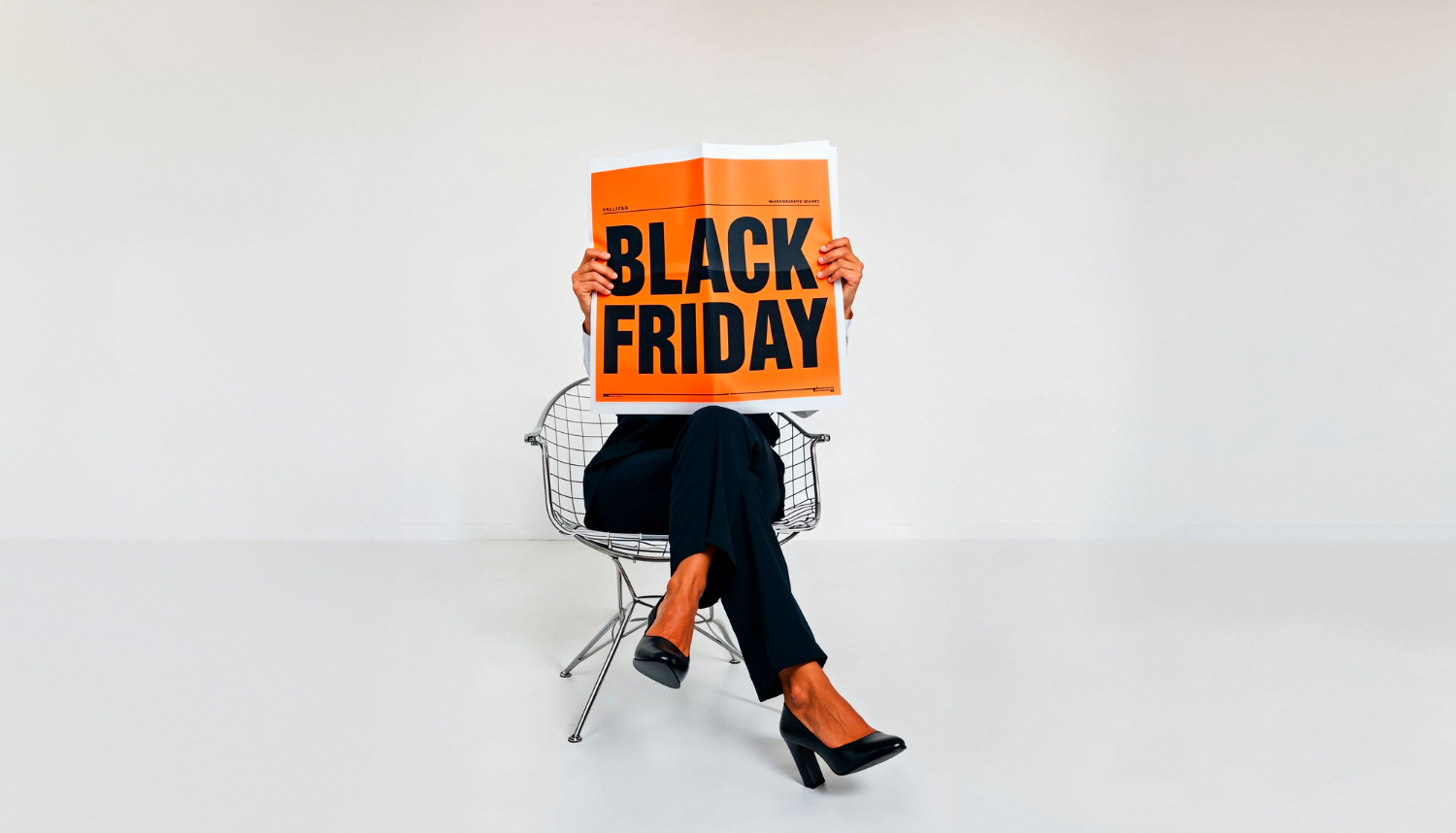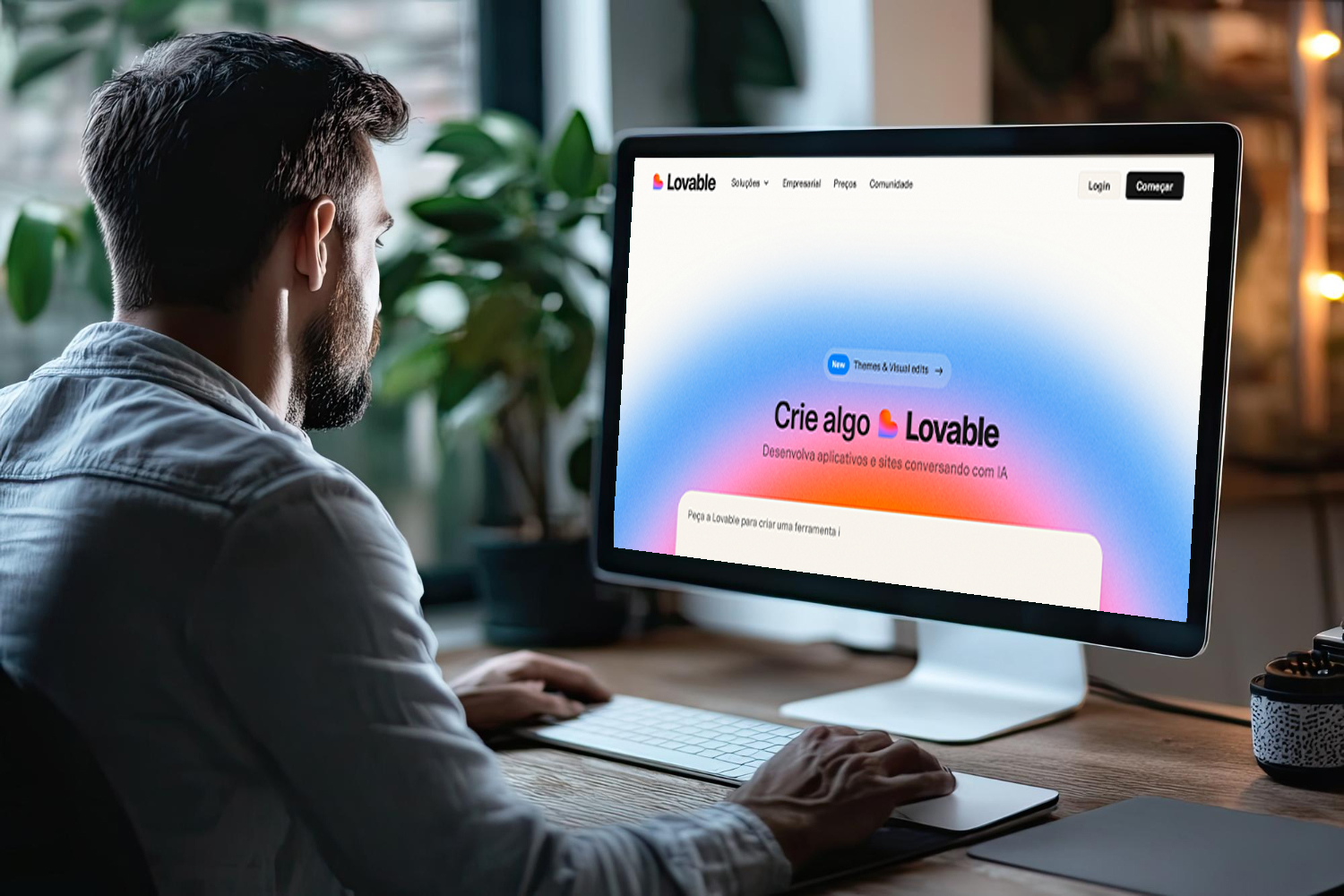
2023 and 2024 were marked by numerous discussions about Brazilian import taxes, both from consumers and retailers.
This is because one of the market’s main concerns is the diversion of consumers caused by below-cost sales, accusing this practice of being unfair competition.
The term, which made headlines in the media, brought confusion to many consumers and brands.
After all, what qualifies as unfair competition, and how does it differ from the concept of brand bidding?
Join Branddi and learn more about what it is and how to prevent this issue from negatively affecting your brand!
What is Unfair Competition, After All?
The classification of unfair competition causes a lot of confusion because it is an umbrella term for various unfair business competition practices. But before talking about them, we need to define what this type of competition is, also known as parasitic competition.
Included in Law No. 9.279, which relates to rights and obligations linked to industrial property, the concept encompasses unfair practices used by a company (or individual) to harm direct competitors.
Therefore, the following practices fall under this category:
- Brand bidding: unauthorized use of a brand’s name or elements by third parties in online advertising, seeking to mislead consumers or take advantage of the competitor’s credibility and authority;
- Customer diversion or undue commissions: practices that seek to steal the primary brand’s organic conversions;
- Below-cost sales: offering products or services at extremely low prices with the aim of eliminating competition and later increasing prices abusively;
- Disclosure of industrial secrets: unauthorized access to or revelation of a competitor’s confidential information, such as formulas, production processes, or customer data.
Why Should Your Brand Take Assertive Action Against Unfair Competition?
Digital unfair competition is a silent enemy capable of causing major damage to your business if not tackled in a structured and objective manner. Yet, because it’s such an invisible factor by common online monitoring standards, many companies only realize they’re victims of parasitic advertising when it’s already too late.
That is, when these practices have already deeply affected the brand’s relationship with its consumers, its public image, and even its revenue. As a result, the time and cost involved in restructuring reputation and regaining public trust end up limiting business growth.
Moreover, legal risks must also be considered. After all, these unfair competition practices can result in fines and legal proceedings involving not only the malicious company but also the original brand in costly disputes for both parties.
In other words, investing in the prevention and resolution of parasitic competition cases is also a way of ensuring your company’s health and stability.
How to Protect Your Brand from Unfair Competition?
Now that you understand more about what unfair competition is and the impacts it can have, it’s understandable that you want to know how to keep it from reaching your business. After all, unfair competition is a constant threat to companies, especially in the digital environment.
To protect yourself, it is essential that brands adopt a multi-faceted approach that combines prevention, detection, and response.
Let’s dive into each stage:
Preventive Actions
Prevention is the first step to protecting your brand from unfair competition. By taking preventive measures, companies can minimize violation risks and strengthen their position in the market.
Read on to understand some examples:
Trademark Registration
Registering your trademark is the fundamental first step to protecting your visual and textual identity in the market. By registering your brand, you acquire the exclusive right to use it, meaning only you or those you authorize can legally use it.
This legal protection makes it easier to identify violations and take legal action against those who use your brand improperly. As a result, it ensures exclusivity and adds value to your company.
Brand Usage Policy
A well-defined brand usage policy is essential to avoid misunderstandings and ensure the consistent use of your brand identity. This policy should establish the rules for the correct use of your brand in different communication materials, products, and services.
By communicating this policy to all employees and partners, you ensure your brand is used properly and that your image is always associated with quality and professionalism.
Team Education
Investing in your team's education is crucial for brand protection. By training employees to identify potential unfair competition cases, you create a surveillance network within your company.
Detection Actions
After implementing preventive measures, the next step in protecting your brand is detecting possible cases of unfair competition. Early detection is crucial to minimize damage and take timely legal action.
Below, we explore the main strategies and tools to detect unfair competition, allowing you to act quickly and effectively to protect your interests.
Brand Monitoring Tools
To identify unauthorized mentions and other suspicious activities related to your brand, the use of monitoring tools is essential. These tools allow you to track the use of your brand across various online channels.
By identifying any unauthorized use of your brand, you can take action to remove it and protect your reputation.
Social Listening
Social listening is a fundamental practice to monitor online conversations about your brand. By keeping an eye on social media, forums, and other online channels, you can quickly identify signs of unfair competition, such as negative comments, rumors, and reputation attacks.
This practice helps you understand what consumers are saying about your brand and take proactive steps to manage your online reputation.
Competitor Analysis
Closely monitoring your competitors' actions is crucial for identifying potential unfair practices. By analyzing their marketing strategies, and the products and services they offer, you can detect possible copyright infringements, plagiarism, and other illegal practices.
Additionally, competitor analysis allows you to identify opportunities for improvement and differentiate your brand in the market.
Response Actions
The final step refers to the actions taken after confirming that the investigated incident is indeed an unfair practice. For this, your brand should:
Extrajudicial Notice
The first measure when identifying a case of unfair competition is sending an extrajudicial notice to the infringer. In this document, outline the illegal practices being carried out, the damages caused to your company, and request the immediate cessation of these activities.
An extrajudicial notice, such as those sent by Branddi, serves as a formal record of the incident and can be used as evidence in a potential lawsuit.
Report to the Competent Authorities
In addition to judicial action, it is important to report cases of unfair competition to consumer protection bodies and relevant authorities. This measure aims to curb the practice of illicit acts and protect other consumers from harm.
This report can also be made through content hosting platforms, promoting a more amicable resolution.
Content Removal
When unfair competition involves copyright or trademark infringement, it is essential to request the removal of the infringing content. This prevents the issue from escalating and causing further problems.
Shield Your Brand from Unfair Competition with Branddi
Branddi is the ideal partner to cover all stages of your digital protection — from prevention to response actions. Our continuous Google monitoring allows for the rapid identification of disloyal competitors and partners.
This enables agile and amicable resolution of cases, reducing up to 70% in CPC for your branded keywords, increasing organic clicks by 20%, and cutting over 90% of legal expenses.
Get in touch and discover how we can protect your brand!
Pronto para blindar sua marca?
Não deixe seus clientes caírem nas garras de concorrentes, golpistas e aproveitadores.



